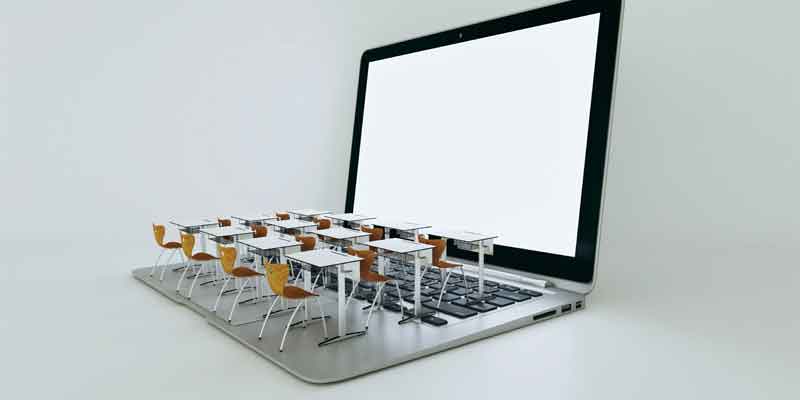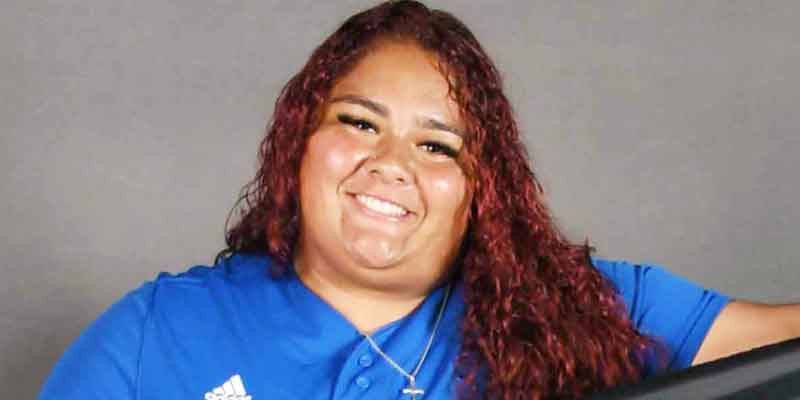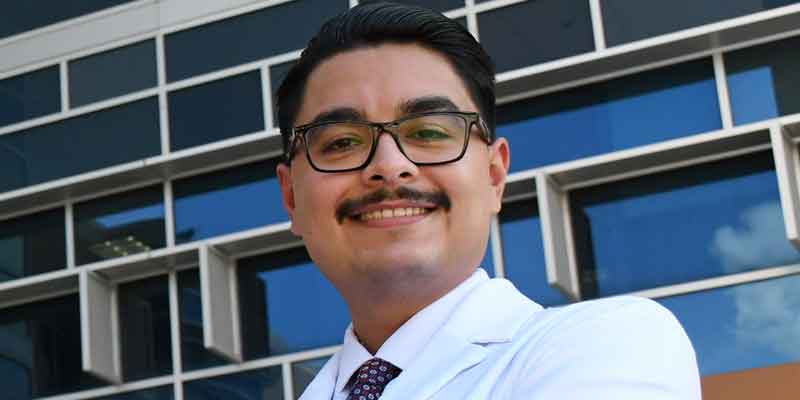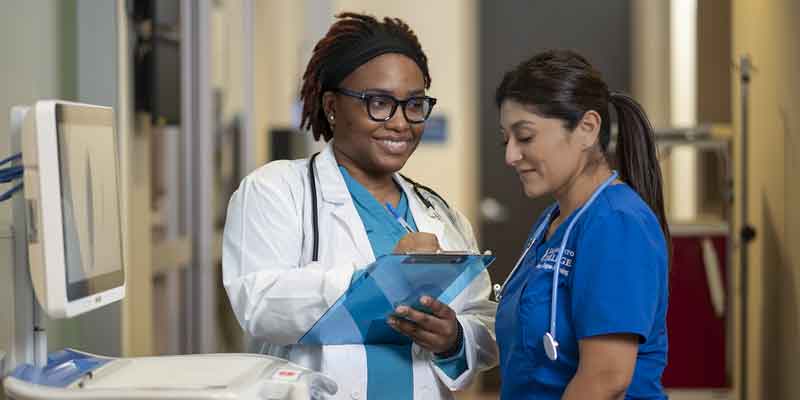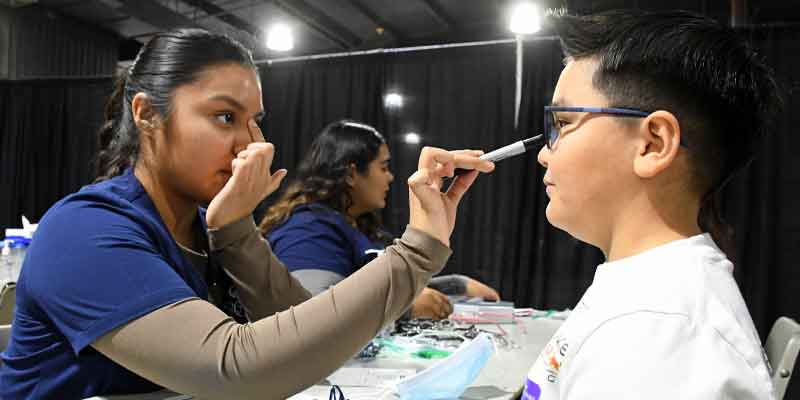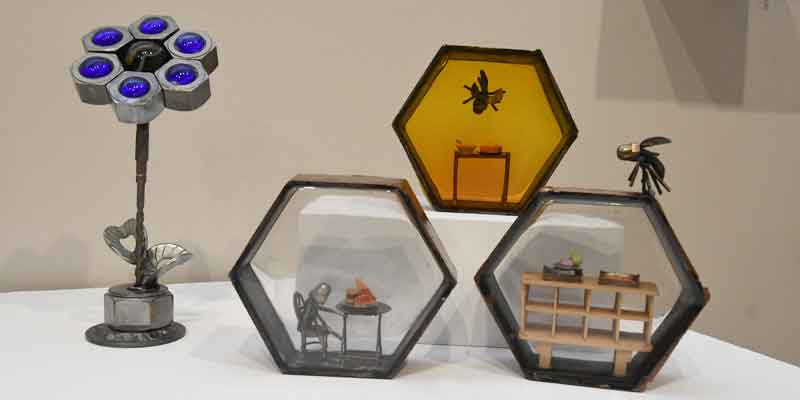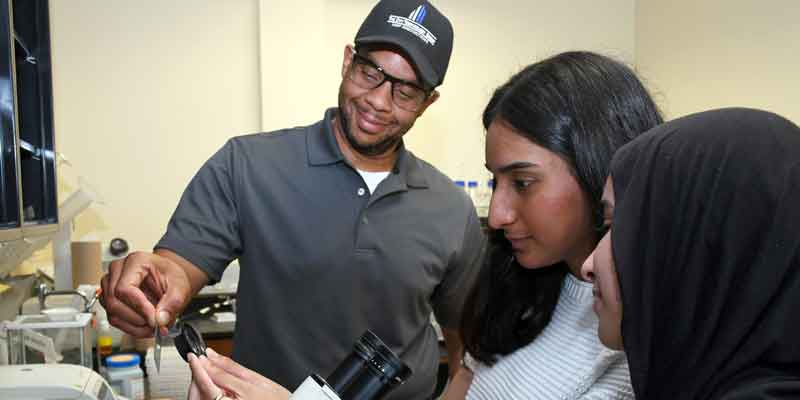
Three … two … one … liftoff!
On Nov. 4, the ground shuddered as the SpaceX rocket roared off the launchpad at Kennedy Space Center.
What made the sight even more spectacular to Marcus Pitre, Maheen Bukhari, and Amna Qureshi — sitting on bleachers at the nearest viewing site — was knowing their science experiment was aboard.
Competitive edge
In fall 2023, a year earlier, 52 San Jacinto College students competed in the Student Spaceflight Experiments Program*, hoping to send their research projects on a supply mission to the International Space Station.
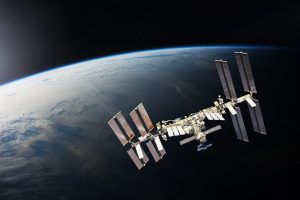
International Space Station (Shutterstock image)
Pitre, Bukhari, and Qureshi met through the South Campus STEM Club and formed a team with chemistry professor Dr. Carrie Owens as their advisor.
They proposed using the mustard plant species Arabidopsis thaliana to measure cell wall growth in microgravity versus on Earth.
“All the right elements have to come together for plants to grow,” Pitre said. “If we can grow plants [for food] in space, we can have longer space flights.”
Experiment challenges
The team’s proposal won. But the hard part was still ahead: optimizing the experiment to fit inside a 7-inch mini lab operated by clamps an astronaut would open or close in space.
Challenges ranged from sourcing NASA-approved supplies to finding lab space on campus to work together every week.
“This team was testing something that’s never been done before at San Jac,” Owens said. “Our department made sure we had all the supplies needed.”
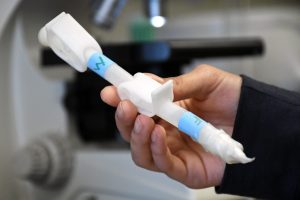
Mini lab kit
With all deadlines and safety checks met, their experiment launched in early November for six weeks in space.
In late January — with the microgravity and ground control experiments back together — the teammates finally compared the results. Their findings? Two seeds germinated in microgravity versus one seed in the control experiment.
They speculated that microgravity allowed water to move freely among all the seeds, whereas uneven water distribution on Earth meant the seeds received different amounts of moisture.
While the Student Spaceflight Experiments Program project is complete, Pitre, Bukhari, and Qureshi have discussed doing more gravity trials. With more time, they might see more seeds grow in the control experiment — and grow enough to see clear differences from the microgravity experiment.
Trial and error are part of the process, though.
“Projects are big undertakings, even as an advisor,” Owens said. “Seeing something through from proposal to testing with optimization to an actual experiment takes planning and patience.”
Lessons learned
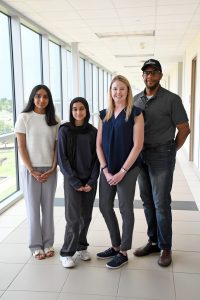 What’s next for the teammates? High school juniors Bukhari and Qureshi are both completing associate degrees at the College through Clear Horizons Early College High School, with Bukhari eyeing a science career and Qureshi biomedical engineering or cybersecurity.
What’s next for the teammates? High school juniors Bukhari and Qureshi are both completing associate degrees at the College through Clear Horizons Early College High School, with Bukhari eyeing a science career and Qureshi biomedical engineering or cybersecurity.
Pitre, a computer engineer, is taking prerequisites to reskill for a critical care medicine career.
“It’s definitely been a unique experience — learning to work together as a team and use the college lab equipment,” Qureshi said.
Although Pitre has managed teams before, he gained an appreciation for the planning, checks, and balances behind every launch.
“One thing I always leave with [my teams] is we don’t manage time — we manage our use of time,” he said. “That’s what we need to succeed with these ventures. This team did a good job of that.”
Bukhari remembers her parents’ surprise as she broke the news about their team winning the space competition.
“It was very unexpected,” Bukhari said. “I didn’t think we’d be the team.”
Lesson learned: Prepare for the unexpected.
Learn more about San Jac’s STEM programs.
*The Student Spaceflight Experiments Program [or just “SSEP”] is a program of the National Center for Earth and Space Science Education (NCESSE) in the U.S. and the Arthur C. Clarke Institute for Space Education Internationally. It is enabled through a strategic partnership with Nanoracks LLC, which is working with NASA under a Space Act Agreement as part of the utilization of the International Space Station as a National Laboratory.
By Courtney Morris

